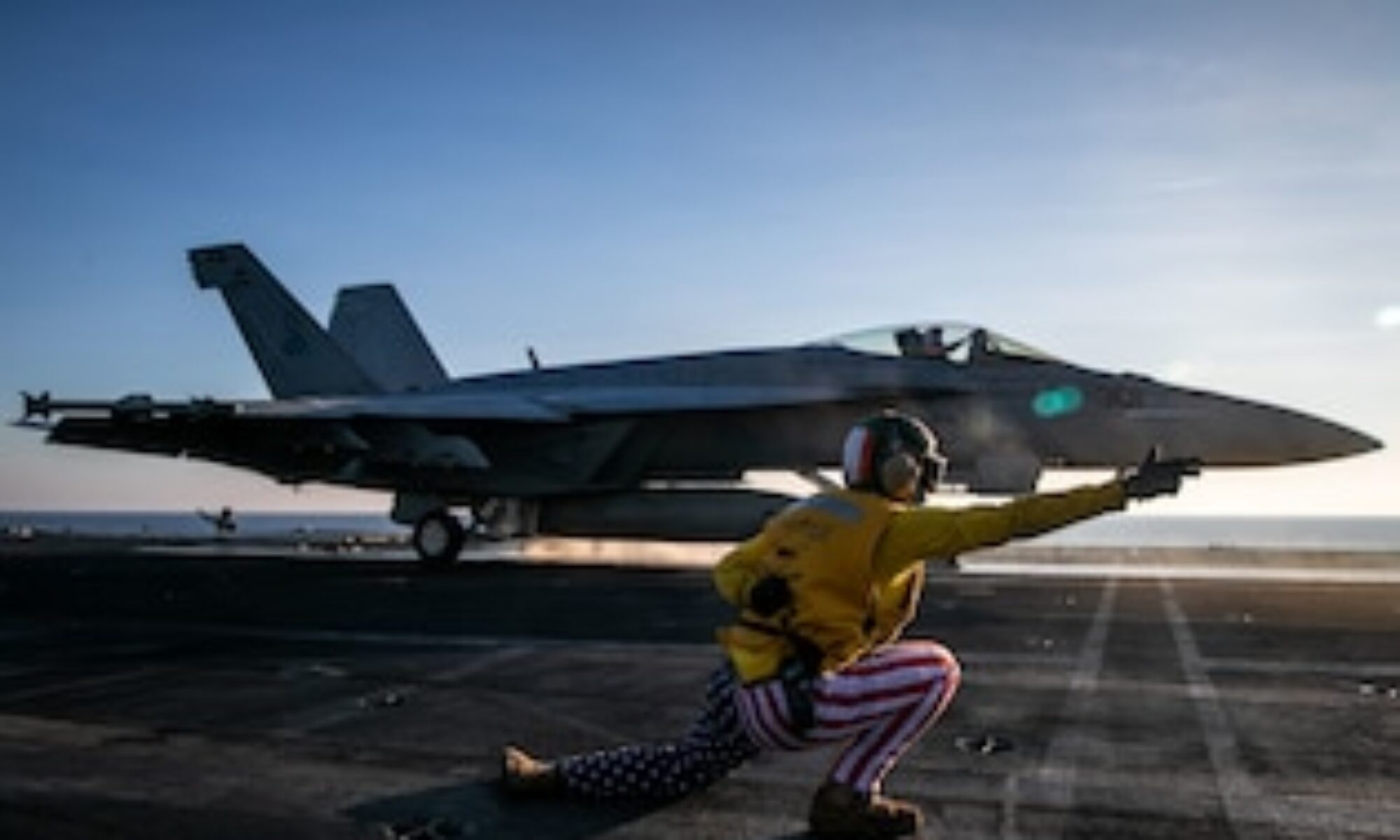
Dear Members and Friends,
In an era marked by rapid geopolitical shifts and emerging maritime challenges, the call for a robust naval force has never been more critical. As advocates for a stronger navy, we stand at the forefront of discussions on enhancing our maritime defense capabilities to ensure national and global security. Recent developments, particularly Australia’s ambitious plan to overhaul its naval fleet, underscore the urgency of our mission. This message aims to delve into these pivotal changes, their far-reaching implications, and the historical context that shapes our current stance.
Key Takeaways
- $35 billion over the next decade to build 26 new warships, including frigates, drones, and submarines.
- Australia’s Naval Expansion: The Australian government has announced a significant overhaul of its navy, planning to more than double its fleet of warships in response to the growing geostrategic uncertainties in the Indo-Pacific region.
- Global Partnerships and Cost Sharing: Emphasis on stronger international partnerships, such as the AUKUS agreement, highlights a collaborative approach to maritime security and defense expenditure.
- Transparency and Innovation: The initiative also brings to light the importance of transparency in defense spending and the integration of cost-effective, innovative solutions like unmanned vessels.
Implications
The expansion of Australia’s navy is poised to transform the regional security landscape, potentially altering power dynamics and enhancing collective defense mechanisms. It reflects a broader trend towards increasing maritime capabilities in response to perceived threats and the necessity of safeguarding vital trade routes. Moreover, it underscores the importance of international cooperation in addressing shared security challenges, fostering a sense of collective responsibility and mutual support among allied nations.
Why This Matters
A stronger navy is not just a matter of national pride or power projection; it’s a fundamental pillar of global stability. Sea lanes are the lifeblood of international trade, and securing these routes is essential for economic prosperity and peace. The expansion and modernization of naval forces, coupled with strategic partnerships, play a crucial role in deterring aggression, preventing piracy, and ensuring the free flow of commerce. In essence, a capable and responsive navy is a key contributor to a stable and secure international order.
History of the Australian Navy in Conflict
Australia’s naval history is marked by its significant contributions to major global conflicts and peacekeeping missions. From its pivotal role in World War I, including the legendary battle of the HMAS Sydney against the German raider SMS Emden, to World War II, where Australian naval forces were actively involved in the Pacific and European theaters. The Korean War, the Vietnam War, and more recent engagements in the Middle East further exemplify the Australian Navy’s commitment to maintaining international peace and security. This rich history of service and sacrifice provides a foundation for understanding the current push towards enhancing naval capabilities, reminding us of the enduring importance of maritime power in shaping our world.

